
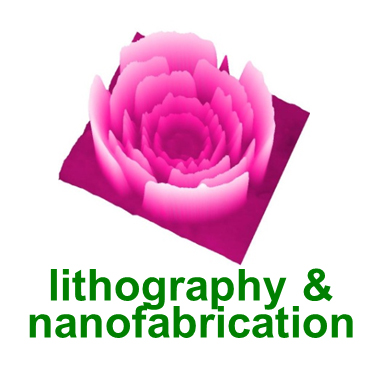
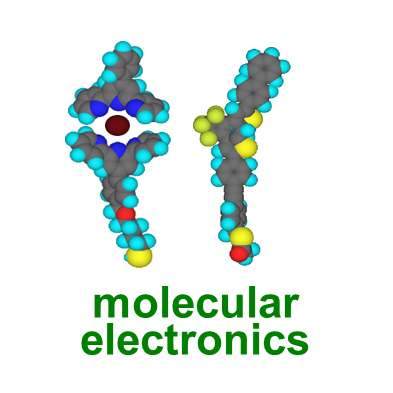
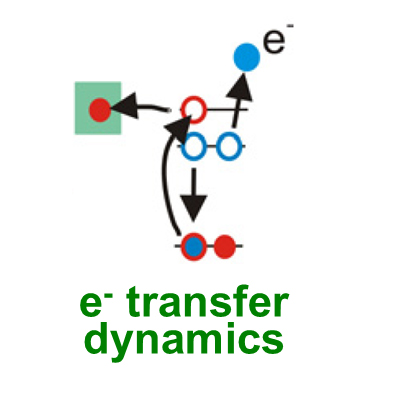
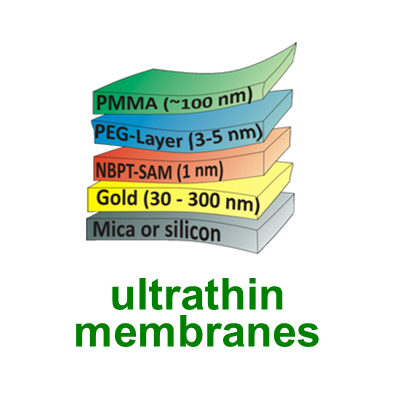
Erste Nachricht
Zweite Nachricht






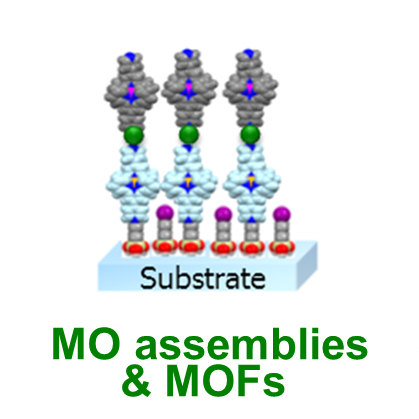
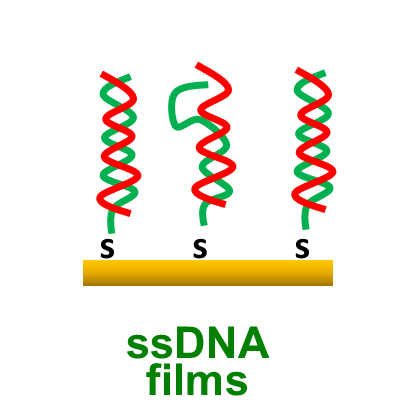
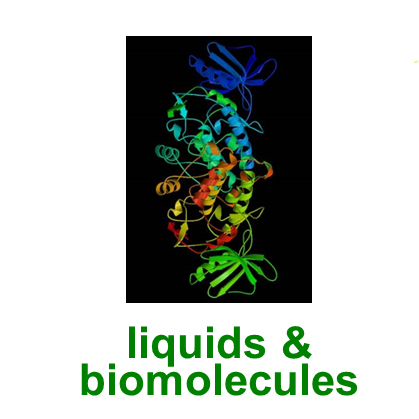

The focal areas of the Surface Analysis Group at the Applied Physical Chemistry Department of the Heidelberg University are (1) basic understanding of self-assembly phenomena in ultrathin organic films on solid substrates to be able to perform tailored, application-specific design of these systems; (2) modification of self-assembling monolayers by X-rays, electron irradiation, UV light, and plasma as well as related lithographic approaches and application; (3) molecular electronics; (4) dynamics of femtosecond charge transfer in molecular assemblies; (5) fabrication and applications of free-standing nanomembranes; (6) design of hybrid metal-organic systems; (7) metallo-organic assembles and metal-organic frameworks; (8) single strand DNA films and their hybridization ability; (9) spectroscopic characterization of liquids and biologically-relevant objects and macromolecules in their natural environment; (10) industrial projects.
The related activities take their course within several projects funded by DFG, BMBF, and DAAD and include both experiments in the home laboratory and studies (XPS, NEXAFS, HRXPS, XES, RIXS, PSD, and RAES) performed at different synchrotron radiation facilities, including BESSY II in Berlin, MAX-Lab in Lund (Sweden), ALS in Berkeley (USA), and NSRRC in Hsinchu (Taiwan). In the home laboratory, we have two specially designed, multi-technique UHV stations on our disposal. These stations consist of several analysis, preparation, and load-lock chambers connected by efficient sample transfer systems. They are equipped with a broad variety of complementary tools for surface analytics, such as, e.g., low-energy electron diffraction, thermal programmed desorption, X-ray and ultraviolet photoelectron spectroscopy, ion scattering spectroscopy, work function measurements, and photoelectron emission microscopy. A variety of further experimental (AFM, UV-Vis, IR, SEM, ellipsometry, contact angle goniometry, molecular junction setup, etc.) and lithographic (EBL, UV) tools is available as well.
In addition to the above scientific activities, the group conducts and participates in different industrial projects with national and international partners. The group is involved in a broad world-wide scientific cooperation with partners from Germany, Austria, Italy, Holland, UK, Switzerland, France, Poland, Spain, India, USA, and Taiwan.
During the last five years, the group has published and submitted ca. 70 manuscripts in peer-reviewed, high-rating journals and presented ca. 90 contributions at different national and international conferences, including 25 invited talks.